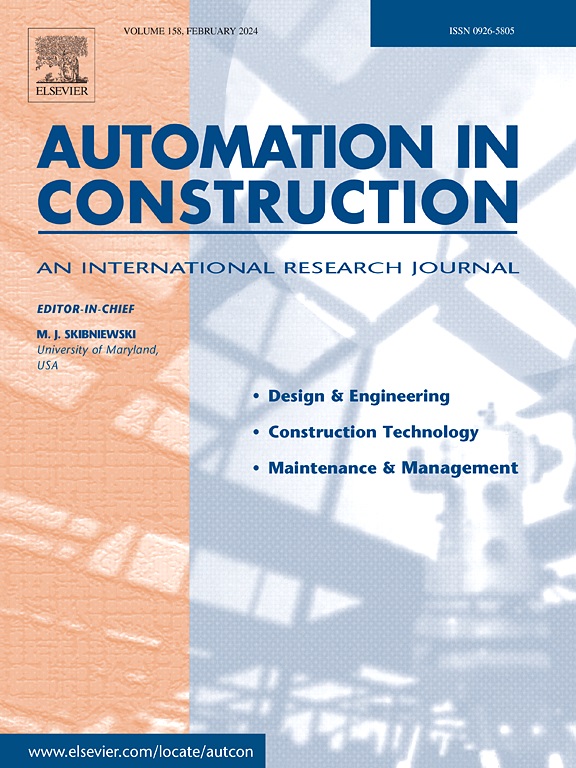Deep learning for crack segmentation: Redundant-to-effective feature transformation
IF 9.6
1区 工程技术
Q1 CONSTRUCTION & BUILDING TECHNOLOGY
引用次数: 0
Abstract
Deep learning techniques have demonstrated remarkable performance in crack segmentation, particularly in convolutional neural networks like U-Net. However, the problem of feature redundancy in the network limits the network's ability to discover effective features. To address this problem, a feature correlation loss function (FC-Loss) was proposed. FC-Loss directly supervises the average correlation of the features of the first few layers through deep supervision to encourage the model to capture more independent features, and combines the Dropout technology to screen effective features. In order to verify this method, a dataset Crack2181 containing 2181 crack images was constructed. A series of experiments were carried out on it, and the results showed that combining FC-Loss with Dropout technology can effectively alleviate the problem of feature redundancy, improve the accuracy of crack segmentation and the generalization ability of the model.
求助全文
约1分钟内获得全文
求助全文
来源期刊

Automation in Construction
工程技术-工程:土木
CiteScore
19.20
自引率
16.50%
发文量
563
审稿时长
8.5 months
期刊介绍:
Automation in Construction is an international journal that focuses on publishing original research papers related to the use of Information Technologies in various aspects of the construction industry. The journal covers topics such as design, engineering, construction technologies, and the maintenance and management of constructed facilities.
The scope of Automation in Construction is extensive and covers all stages of the construction life cycle. This includes initial planning and design, construction of the facility, operation and maintenance, as well as the eventual dismantling and recycling of buildings and engineering structures.
 求助内容:
求助内容: 应助结果提醒方式:
应助结果提醒方式:


